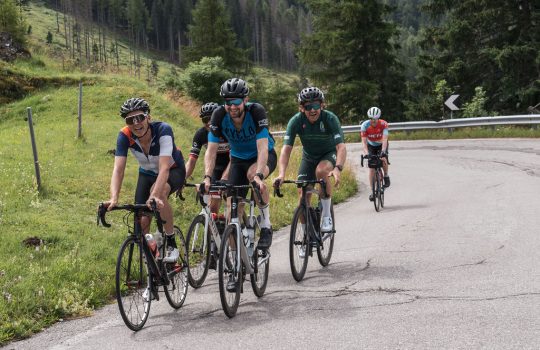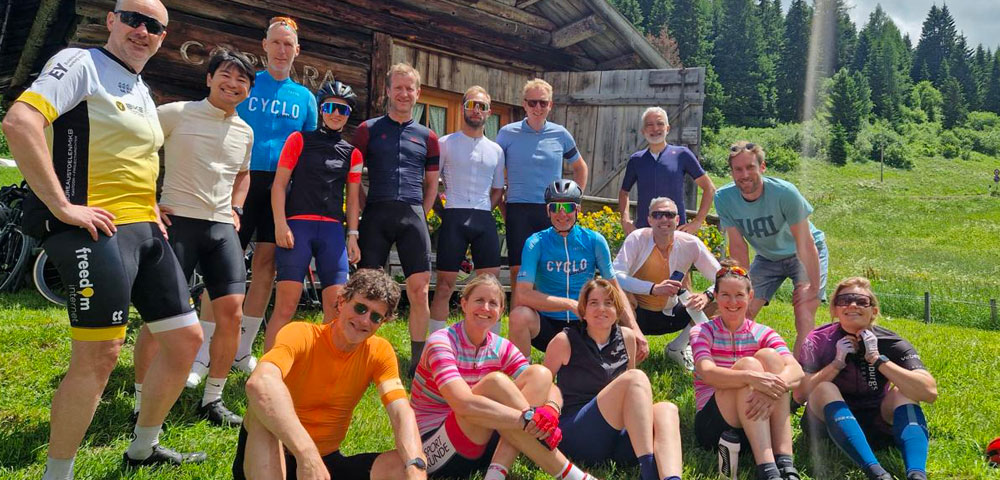Training in winter: common mistakes
The professionals can ideally prepare for their season in distant places such as Australia, Spain or during six days. But what is a feasible preparation for spring for us mortals? Time to pay attention to that. In two parts, in part 1 the frequently made mistakes.
Text: Melvin Keppel, Rhino sports care
Where there is training, mistakes are made.
Unfortunately, basic fitness is not something you can build up in a few months, laying a good foundation takes time, a lot of time. Of course, this does not mean that nothing can be done about it in the winter.
Most cyclists like to cycle on beautiful asphalt, nice sunshine, perhaps some height difference and, above all, not too much wind. Not really the most common conditions in the cold, flat Dutch landscape in the period November to March.
Good basic fitness takes many years to build up and you can do this in many ways. Cycling is a non-impact sport (if you do it right), which means that you do not have to absorb your body weight with every step or revolution you take. This allows you to do much longer training sessions compared to, for example, running.

Aerobic engine
Cycling is an aerobic sport par excellence. Most energy is released with the help of oxygen. And if this is not the case, you need oxygen to process the acidification after, for example, a sprint.
An aerobic engine consists roughly of your muscles, heart and lungs. How much air can you inhale, absorb into your blood, pump around your body and be used by your muscles. This interplay is the basis for all your fitness.
This entire system can be trained in many different ways, later I will explain how you could approach this.
Common mistakes
Where there is training, mistakes are made.

Progression
The whole idea of training is that you keep increasing the load so that your body continues to adapt. If you train hard in the winter, you will also have to train hard or even harder in the spring or summer. Take this into account when making a weekly schedule. Don't make the workouts too long in the winter. 2 to 3 hours is long enough for winter training.
Law of diminishing returns
When you are becoming a better cyclist, you need more and more training to get a little bit better. This ensures that the progression discussed above is always difficult to achieve. So don't start training too early.
Specific or non-specific training
Non-specific training can also be called cross training, not to be confused with CrossFit. This activity is far removed from the main activity. For example, running does not necessarily make you a better cyclist. If you go mountain biking, this is also on 2 wheels, but the position is often different. This may be deliberately for variety, or perhaps you want to learn new things. Train sufficiently under similar conditions in which you want to improve. At least 2 times a week.

Numbers
Don't pay too much attention to numbers. Train when you feel like it, don't make it a must. Training under winter conditions is really different from riding a cyclo in nice weather. Make sure you continue to enjoy it and if a training takes a little shorter than planned or you cannot achieve the specified intensity. Then don't hold on to this too much.
Do you want to know how to train?
Training in winter: This is how it should be done










